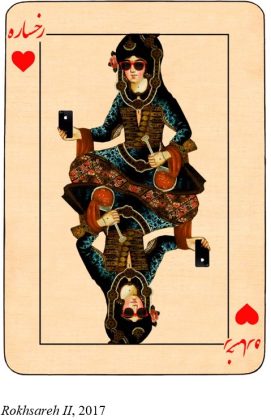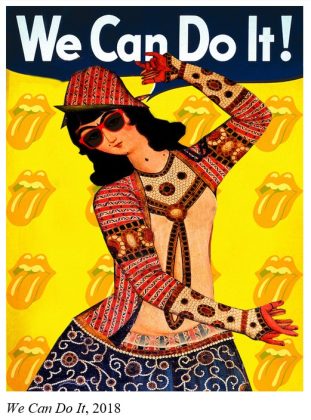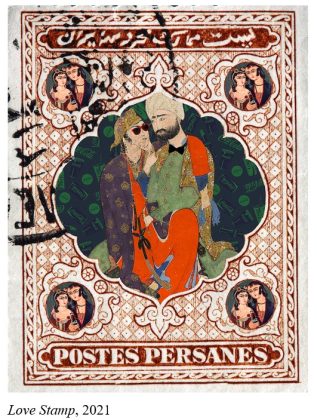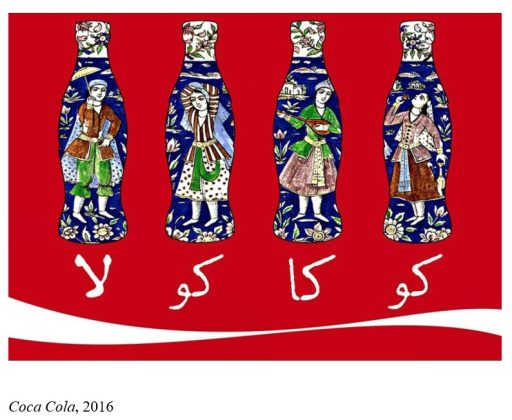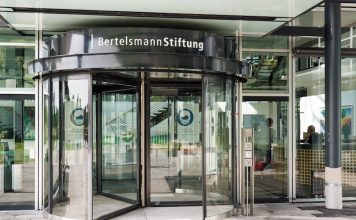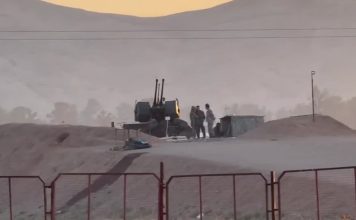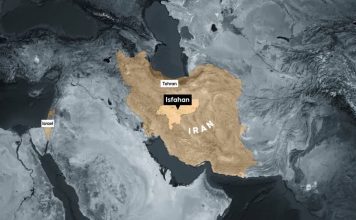By Katy Shahandeh
Rabee Baghshani is a self-taught artist based in Mashhad, Iran whose work fuses Persian miniatures and Qajar iconography with Pop art and contemporary branding.
Baghshani was born in Mashhad in 1983 into a culturally active family. Her father worked in cinema and theatre, while her mother worked in theatre and radio broadcasting before the Iranian Revolution.
After earning an MBA from the Industrial Management Institute (IMI) in Mashhad, Baghshani set up her own management consultancy firm and led it for four years before changing direction and embarking on a career as a professional artist.
Her works have been acquired by international collections including the Kruizenga Art Museum in Michigan, the Oriental Museum in Durham, and the Aga Khan Museum in Toronto.
Kayhan Life recently caught up with the artist for a conversation about her life and work.
[aesop_image img=”https://kayhanlife.com/wp-content/uploads/2023/02/Screenshot-2023-02-27-114114-e1677500328439.jpg” panorama=”off” credit=”KL./” align=”center” lightbox=”on” captionsrc=”custom” captionposition=”left” revealfx=”off” overlay_revealfx=”off”]
What is it like being an Iranian woman artist?
Iranian women artists are a testament to strength, determination, and independence. While female artists in more developed countries have greater opportunities to showcase their talent and gain recognition, Iranian women artists face significant barriers due to gender disparity. Nevertheless, they have persisted in their pursuits and made their mark in an industry that has long been dominated by men, proving their unwavering spirit and commitment to their craft.
Have you found it difficult promoting your work given that you live in Mashhad?
In today’s world, due to the breadth and diversity of social networks, it is possible to communicate with people all over the world with just a few clicks. I was able to connect with different galleries regardless of location by using social networks and the internet – of course, when the internet is restricted, it is not so easy!
Do you have a favorite piece of work that you have created?
“Coca-Cola Shahnameh” is one of my favorite artworks. This piece was inspired by Hafez’s Ghazal (No. 364) and the paintings of Pierre-Auguste Renoir and Vincent van Gogh — the depiction of joy and cheerfulness in “Le Bal du Moulin de la Galette” by Renoir, and Van Gogh’s belief that the night is more vibrant and richly colored than the day.
With a nod to Andy Warhol, I attempted to capture the essence of celebration and the pleasure of life. The scene depicts a Friday night party where a group of ladies and gentlemen are seen enjoying themselves, surrounded by Coca-Cola and Campbell’s Soup, rather than the traditional foods and drinks seen in Renoir’s painting.
I also wanted to highlight the character of Khorshid Khanoom, who stands in the bottom right-hand corner. She whispers her love story to herself in the middle of the celebration, adding a touch of mystery and intrigue to the artwork. Can you imagine what her story might be?
[aesop_image img=”https://kayhanlife.com/wp-content/uploads/2023/02/Screenshot-2023-02-27-114137.jpg” panorama=”off” credit=”KL./” align=”center” lightbox=”on” captionsrc=”custom” captionposition=”left” revealfx=”off” overlay_revealfx=”off”]
In your images there is a jostling for attention between elements of tradition and modernity on the one hand, and globalization on the other. Can you tell us more about this?
The tension between tradition and modernity is a persistent and fundamental issue in Iran. Throughout history, Iranians have maintained a strong interest in modernity, yet this fascination has led to a growing identity crisis. The debate is not about the superiority of either tradition or modernity, but rather about the identity crisis that has plagued us as a result. Through my art, I aim to heal this divide and reconcile the two.
Which art trends inspire your current work?
My artistic inspiration is quite eclectic, ranging from Pop Art to the rich cultural heritage of the Qajar era. One of my biggest influences is Vincent van Gogh, whose vivid use of colour, and art journey, has always captivated me. Additionally, I find myself deeply inspired by Kamal al-din Behzad, an important figure in traditional Iranian art.
Can you tell us about your journey to become an artist?
My childhood days were filled with the tranquil melodies of Ostad [Master] Mohammad-Reza Shajarian and the mesmerizing visuals of classical cinema and later contemporary cinema. I spent my evenings indulging in the rich tradition of Iranian poetry and sonnets, accompanied by the soothing sounds of the dotar [a traditional lute] and harmonious songs. Despite my career in management, these childhood memories, along with my inner turmoil, led me ultimately to the world of art.
How do you promote your work and your shows?
The primary showcase for my art is through two galleries: Emergeast and Altiba9. I first began my artistic journey with Emergeast, owned by Niki Miftah. Over the years, our professional relationship has evolved into a close friendship. Niki has been instrumental in promoting and introducing my works to the world. Additionally, I have a great working relationship with Mohammad at Altiba9 gallery, who has also been incredibly supportive. These two galleries and the individuals behind them have become like family to me, bridging the distance and making the world feel like a smaller place.
Why do you not work with galleries on the Iranian market?
It is difficult to work with galleries here, particularly if you are a woman. There are a lot of issues with sexual harassment as well.
Do you have any advice for new Iranian artists?
Pursue your own creative vision. Comparison to others will only hinder your progress. Instead of copying others, strive to forge your own unique path.
In Iran, the tendency to mimic others is prevalent, but it’s crucial to seek out individuals who understand and appreciate your art. Representing oneself can be challenging without the support of a gallerist, so it’s essential to build a team that aligns with your goals and values to help promote your work.
[aesop_image img=”https://kayhanlife.com/wp-content/uploads/2023/02/Screenshot-2023-02-27-114224.jpg” panorama=”off” credit=”KL./” align=”center” lightbox=”on” captionsrc=”custom” captionposition=”left” revealfx=”off” overlay_revealfx=”off”]

